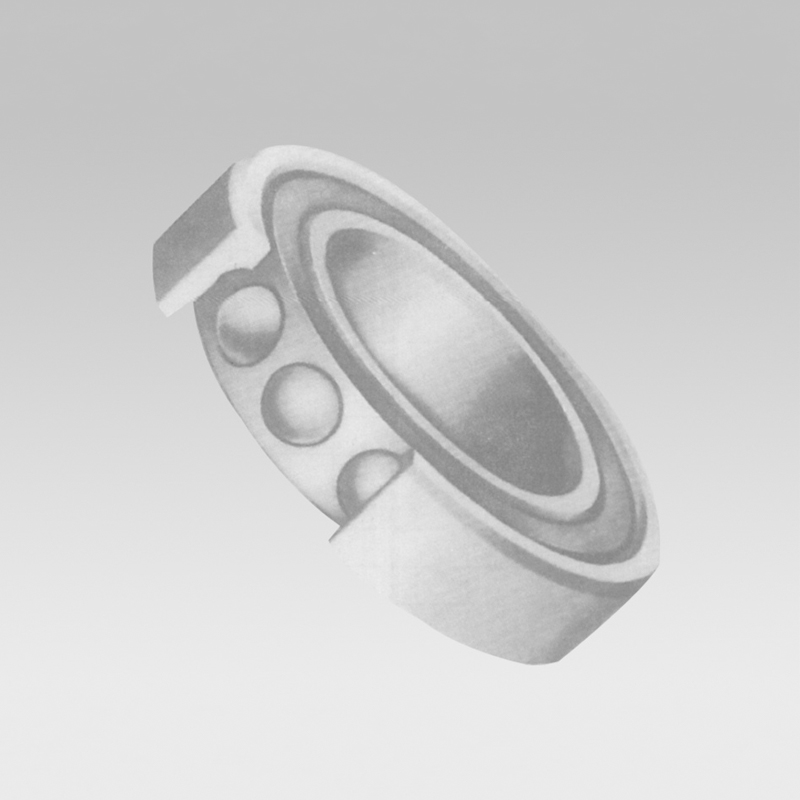
Dec . 24, 2024 16:07 Back to list
Understanding Preloading Techniques for Angular Contact Bearings in Mechanical Applications
Preloading Angular Contact Bearings Enhancing Performance and Longevity
Angular contact bearings are a type of rolling-element bearing that can accommodate axial loads in addition to radial loads. They are widely used in various applications, such as machine tools, automotive components, and industrial machinery, due to their ability to handle combined loads effectively. One critical aspect of ensuring the optimal performance of angular contact bearings is the concept of preloading. This article explores what preloading is, its significance, and how it can enhance the performance and longevity of angular contact bearings.
Understanding Preloading
Preloading is the practice of applying a pre-determined amount of axial load to a bearing assembly. This initial load eliminates axial play or slack within the bearing. In the context of angular contact bearings, preloading can be achieved through various methods, such as adjusting the position of the inner or outer races or using springs or shims. The main goal of preloading is to ensure that the rolling elements are always in contact with the raceways under normal operating conditions, which can lead to improved performance metrics.
Benefits of Preloading Angular Contact Bearings
1. Improved Rigidity One of the primary advantages of preloading angular contact bearings is enhanced rigidity. By eliminating free play, the bearings become stiffer, which is particularly beneficial in precision applications where even slight movements can lead to loss of accuracy. In machine tools, for example, preloaded bearings contribute to maintaining tight tolerances during operations.
2. Better Load Distribution Preloading ensures that the load is evenly distributed across the rolling elements. This uniform distribution reduces localized stress on specific parts of the bearing, thereby diminishing the risk of premature wear or failure. In heavy-load applications, such as gearboxes and conveyor systems, proper load distribution is essential for ensuring reliability and increasing the overall lifespan of the bearings.
3. Reduced Vibration and Noise Properly preloaded bearings tend to generate less vibration and noise during operation. Since the rolling elements are firmly seated in the races, the chances of impact damage caused by oscillation are minimized. This is particularly important in precision machinery and automotive applications, where excess noise can lead to operational inefficiencies and may compromise the safety of the equipment.
preloading angular contact bearings

4. Increased Speed Capability Preloading can enhance the speed capability of angular contact bearings. With an optimized design featuring controlled axial play and improved contact angles, the bearings can rotate at higher speeds without loss of performance. This is beneficial in high-speed applications, such as electric motors and turbines, where efficiency is paramount.
5. Extended Service Life The practice of preloading can significantly extend the service life of angular contact bearings. By preventing excessive axial movement and ensuring that all components remain in contact, the bearings operate under optimal conditions. Moreover, reduced wear and tear translates to lower maintenance costs and decreased downtime, further adding value to preloading as a technique.
Considerations for Preloading
While preloading provides numerous benefits, it is essential to carefully consider several factors during implementation. The amount of preload applied must be tailored to the specific application, as excessive preload can lead to increased friction and heat generation, ultimately resulting in premature bearing failure. Proper selection of preload settings involves taking into account factors such as operating conditions, load characteristics, and the specific nuances of the machinery in which the bearings are being used.
Another factor to consider is the type of preloading method employed. Different applications may benefit from various approaches, including constant preload through springs versus adjustable preload using shims. Assessing these methods in relation to the operating environment is crucial for maximizing performance.
Conclusion
In conclusion, preloading angular contact bearings is a critical technique that can significantly enhance their performance and longevity. By improving rigidity, ensuring better load distribution, reducing vibration and noise, increasing speed capability, and extending service life, preloading offers manufacturers and engineers a method to optimize their systems. However, careful consideration must be given to the specific needs of each application to avoid potential issues associated with improper preload levels. With the right approach, preloading can lead to superior bearing performance and reduced operational costs, marking it as an indispensable strategy in the world of precision engineering.
Latest news
-
Grooved Ball Bearing Design and Functionality
NewsJun.04,2025
-
Concrete Mixer Bearing Load Capacity Testing
NewsJun.04,2025
-
6004 Bearing Dimensions in Robotic Joint Designs
NewsJun.04,2025
-
Advantages of Single-Row Deep Groove Ball Bearings
NewsJun.04,2025
-
Applications of Deep Groove Ball Bearings in Automotive Systems
NewsJun.04,2025
-
Innovations in Bearing Pressing Machine Design
NewsJun.04,2025
